Bear cubs’ plight ignites debate
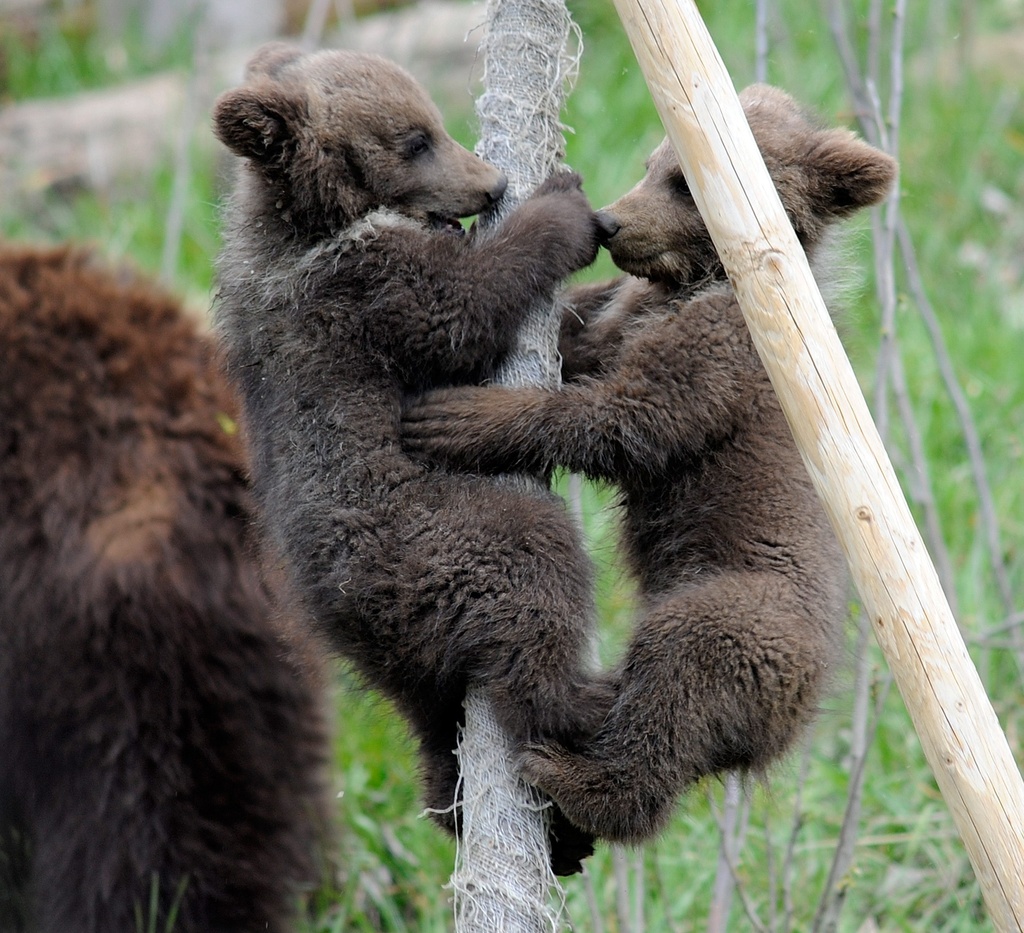
Talk of culling two bear cubs at a Swiss zoo has prompted a public outcry but animal experts have played down the move, saying it may be the “logical” way forward.
European brown bear cubs Urs and Berna are currently the star attractions at the new bear park in Bern, with crowds transfixed by their every move.
So when the park’s director, Bernd Schildger, announced that they would have to be moved in 18 months time and could even be euthanised – as a last resort – if a new home wasn’t found, the news came as a shock to many.
As nature rules, the seven-month-old cubs will be rejected by their mother at the age of two, so the zoo has drawn up a list of 28 options for their future.
Newspapers reported widely on the cubs’ possible demise, and even animal rights campaigner Brigitte Bardot waded in, writing an open letter to the Bern bear park citing her “outrage and serious concern” at the idea of euthanasia, and pledging to save them.
The zoo says it is actively searching for a new home. Indeed, in recent days offers have come in from the alpine resort of Arosa and an animal sanctuary in Normandy. The mayor of Berlin was approached and a Bern local politician put forward a motion to expand the city’s multi-million franc bear park further to make room for them.
Mark Rissi, of the Swiss Animal Protection association, and president of the Foundation for Bears, told swissinfo.ch he believed the zoo was doing the best it could under the circumstances.
Bern’s zoo currently has two sets of bear cubs, but because of their different breeds they cannot be kept together. Rissi noted that Urs and Berna had already been conceived by the time two other cubs, Mongolian brown bears Misha and Mascha, were given to the city of Bern as a gift from the Russian President Dmitri Medvedev and his wife on a visit to Switzerland.
Rissi said the zoo could not be blamed for trying to manage with four bear cubs instead of two. “I really feel that Schildger has been getting a lot of flak and he didn’t deserve it,” he told swissinfo.ch.
Zoo ambassadors
Bears, like lions, are “so-called ambassadors” for zoos, and so provoke an outcry whenever there is talk of culling them, he explained.
“People get attached to certain animals like lions, bears, tigers. They’re cute animals and people forget about the other animals. Nobody shouts about it when zoos kill a zebra or a wild pig.”
He said people needed to remember that animals in captivity were governed by different life-cycle rules. “In the wild they would be killed by other predators. Here they will just live on. Man is responsible for these animals and he also is responsible for deciding if they have to be killed, and for killing them at a moment that is logical.”
“For instance with bears, after two years the mother will disassociate herself from the young ones and the young ones will start their own life, so that is a moment in life when you can do something like this.”
His organisation’s main requirement is that zoos look for another good zoo when an animal does need to be moved on.
Further complicating the situation is a surplus of lions and brown bears in Europe, thanks to their successful breeding habits. “It’s a problem,” he said.
Richer lives
Despite the controversy over Urs and Berna, the curator of the Bern zoo said the cubs’ parents, Björk and Finn, might still mate again.
“We’ll have to see,” said Marc Rosset. “We believe that animals in a zoo should have babies as a form of behavioural enrichment. Being a zoo animal tends to be boring, so it’s good for the animals if they can mate and raise young.”
It’s not always a popular view. Brigitte Auloy of the Brigitte Bardot Foundation told Le Matin newspaper that the case of Urs and Berna illustrated the problems caused by keeping wild animals in captivity, and commented that euthanasia against young animals in zoos was a regular occurrence and “ethically it is unacceptable”.
Nevertheless, the European Association of Zoo and Aquatics, which facilitates cooperation between zoos in 35 countries, said a “breed and cull” policy was evident in some European countries, whereby zoos allow animals to breed and there is an understanding that if the animals cannot be placed somewhere else, they will be humanely euthanised.
A spokeswoman said the act of euthanising animals did not in itself constitute poor welfare for the animal.
She explained that there had been significant debate in recent years about “environmental and behavioral enrichment” for zoo animals, and discussion on allowing animals to reproduce was still “ongoing”.
“Wild animals in all of Europe are routinely culled when numbers are perceived by humans to be too high. Humans routinely cull livestock for food or when dairy animals are unproductive, and therefore it should be noted that culling of animals for various purposes is common in European culture,” she told swissinfo.ch.
Studies of German zoo visitors have shown that most visitors trust zoos to take the best decisions and see zoos as the expert when it comes to caring for animals, she added.
Jessica Dacey, swissinfo.ch
The total cost of Bern’s bear park, which opened in October, 2009, was SFr24.5 million ($22.8 million), far exceeding the original budget of SFr9.7 million.
Geological problems along the bank of the River Aare accounted for some of the additional cost.
A mentally handicapped man climbed over a railing and fell into the park in November and was attacked by Finn, the father of Urs and Berna. Police had to shoot the bear to rescue the man.
The man, 25, suffered non life-threatening injuries after being mauled by Finn, a four-year-old European brown bear. Police shot and seriously wounded the animal as they sought to save the man. However, the bear seems to have fully recovered his ordeal.
The gestation period of a brown bear is usually between 170 and 270 days after mating.
Two other bears, orphans Mischa and Mascha, were officially handed over to the city in September 2009 by Svetlana, wife of Russian President Dimitri Medvedev, who was paying a state visit to Bern.
Bears have a long association with Bern. According to legend, the founder of Bern, Berchtold V von Zähringen, named his new city after the first animal he killed in a hunt near the site of the bear pit.
It was a bear – or Bär in German. This is why the city’s coat of arms features a bear. Bears have been kept in Bern for around 500 years.
There are a number of bear statues all over the city, including on several of the 16th-century fountains.

In compliance with the JTI standards
More: SWI swissinfo.ch certified by the Journalism Trust Initiative

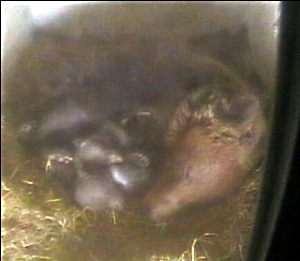
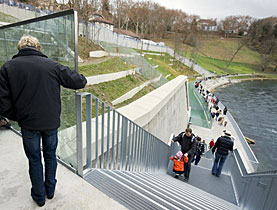
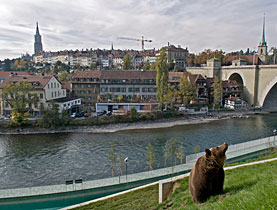
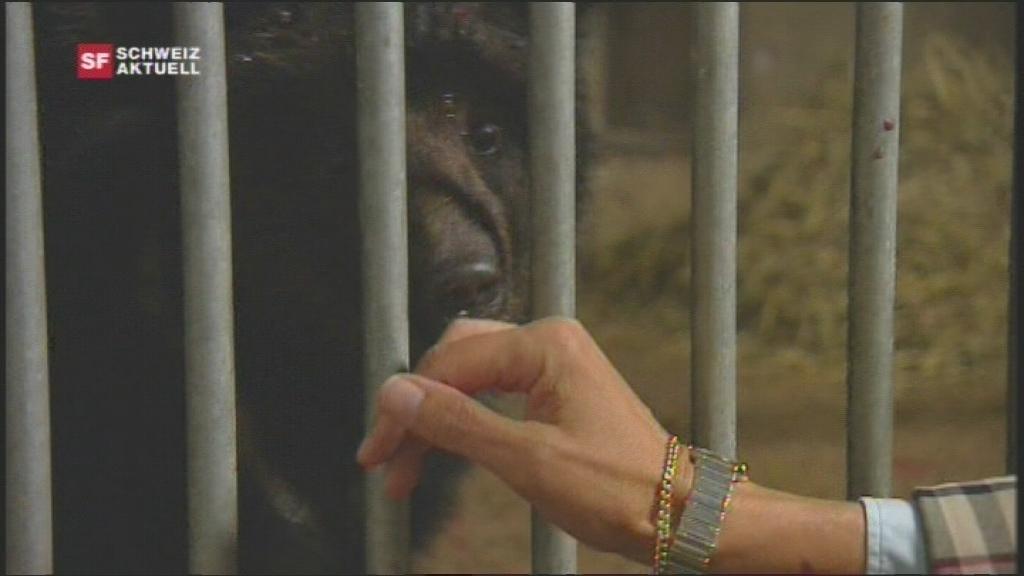
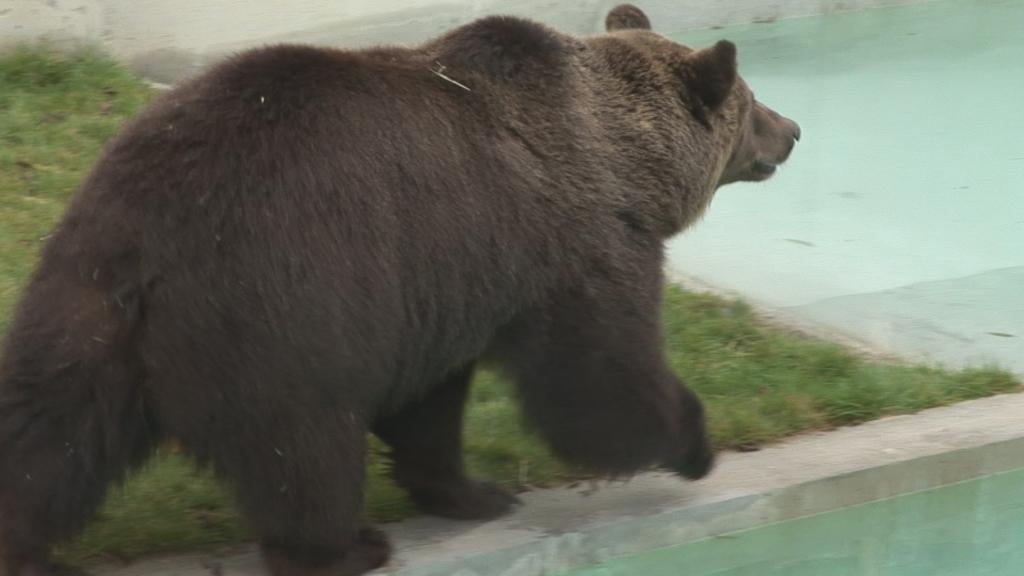
You can find an overview of ongoing debates with our journalists here. Please join us!
If you want to start a conversation about a topic raised in this article or want to report factual errors, email us at english@swissinfo.ch.